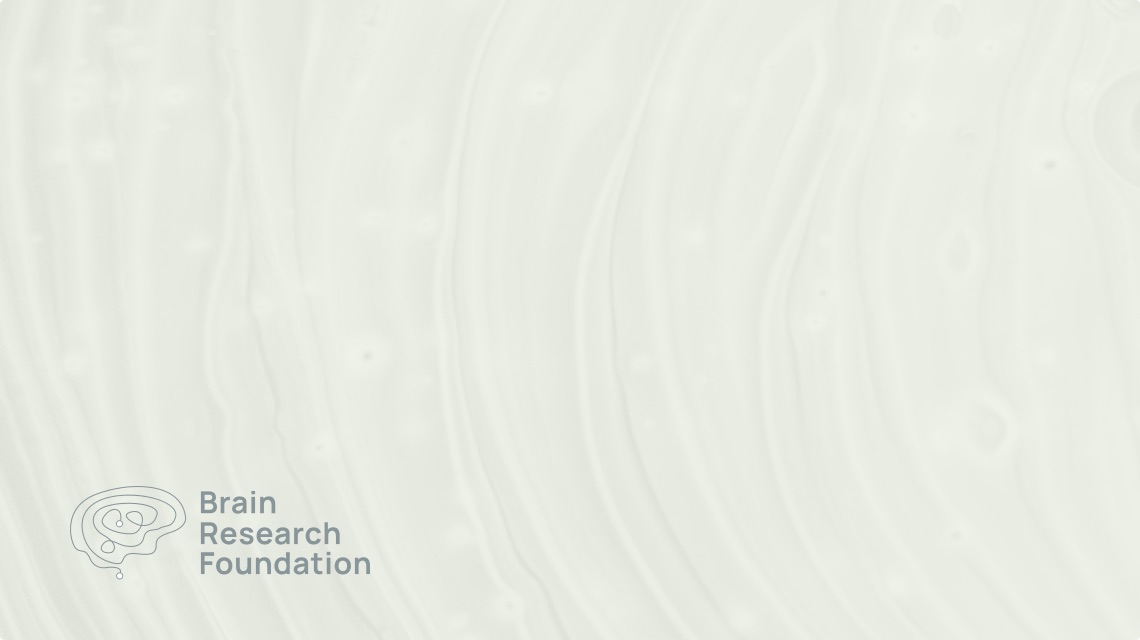The cerebellum controls movement. When neural signals in the cerebellum are disrupted, people and other animals cannot precisely control their muscles and become uncoordinated, giving rise to ataxia and dystonia, and even dyslexia and autism. To understand how the cerebellum detects sensory signals from the outside world and sends signals to guide appropriate movements, we will measure the electrical and chemical signals made by brain cells in the cerebellum of zebrafish, whose cerebellum appears to work much like that of humans and other vertebrates. This information will be useful in understanding how the brain normally encodes movements and what goes wrong in cerebellar disorders.
2011
Indira Raman, Ph.D.


